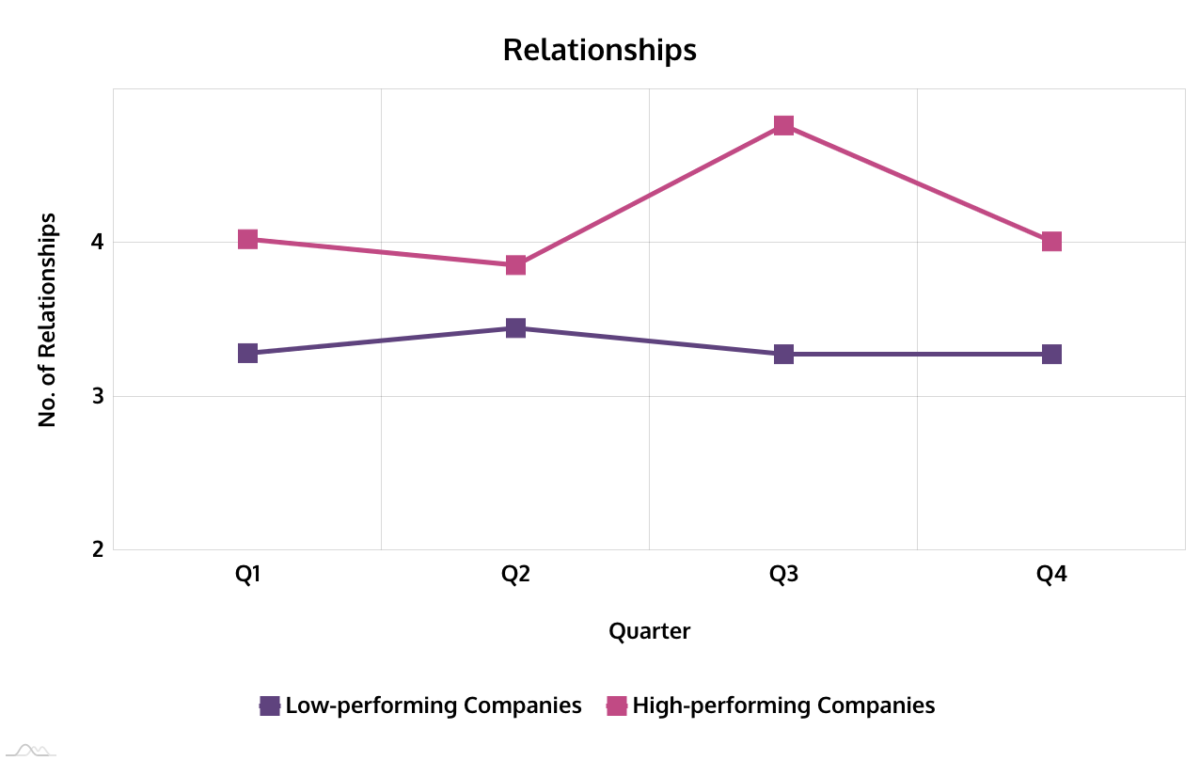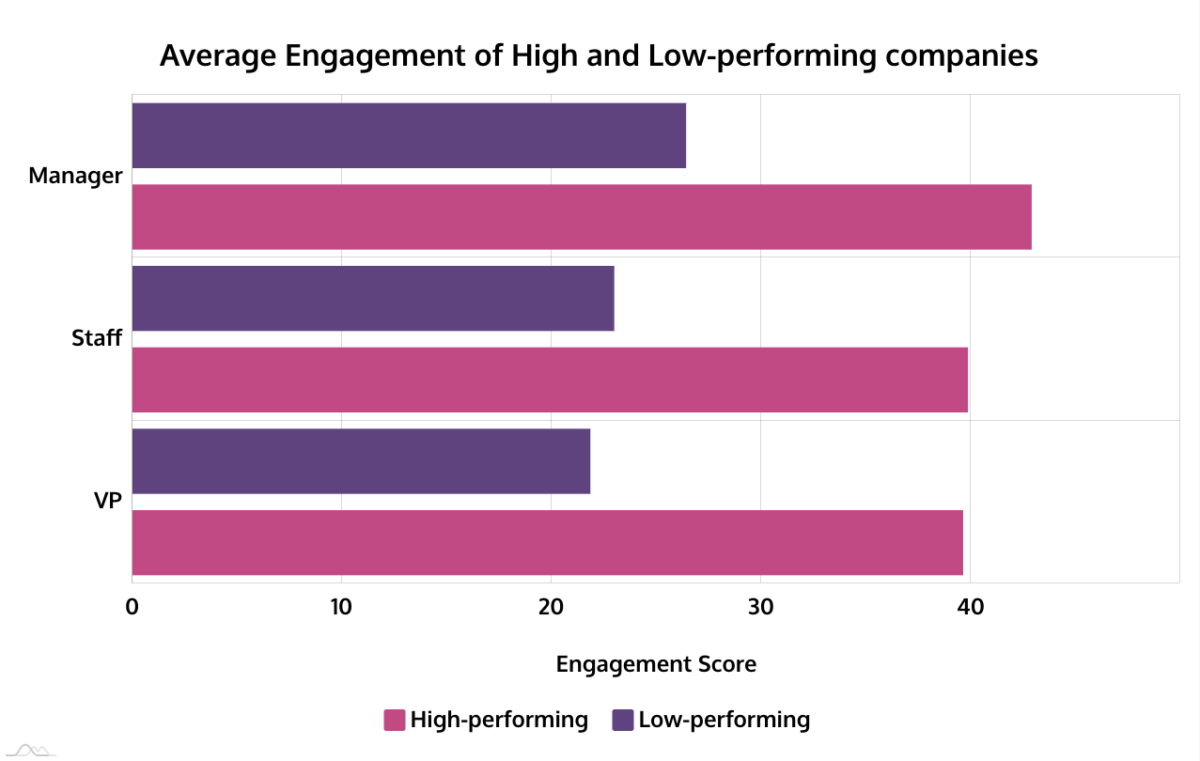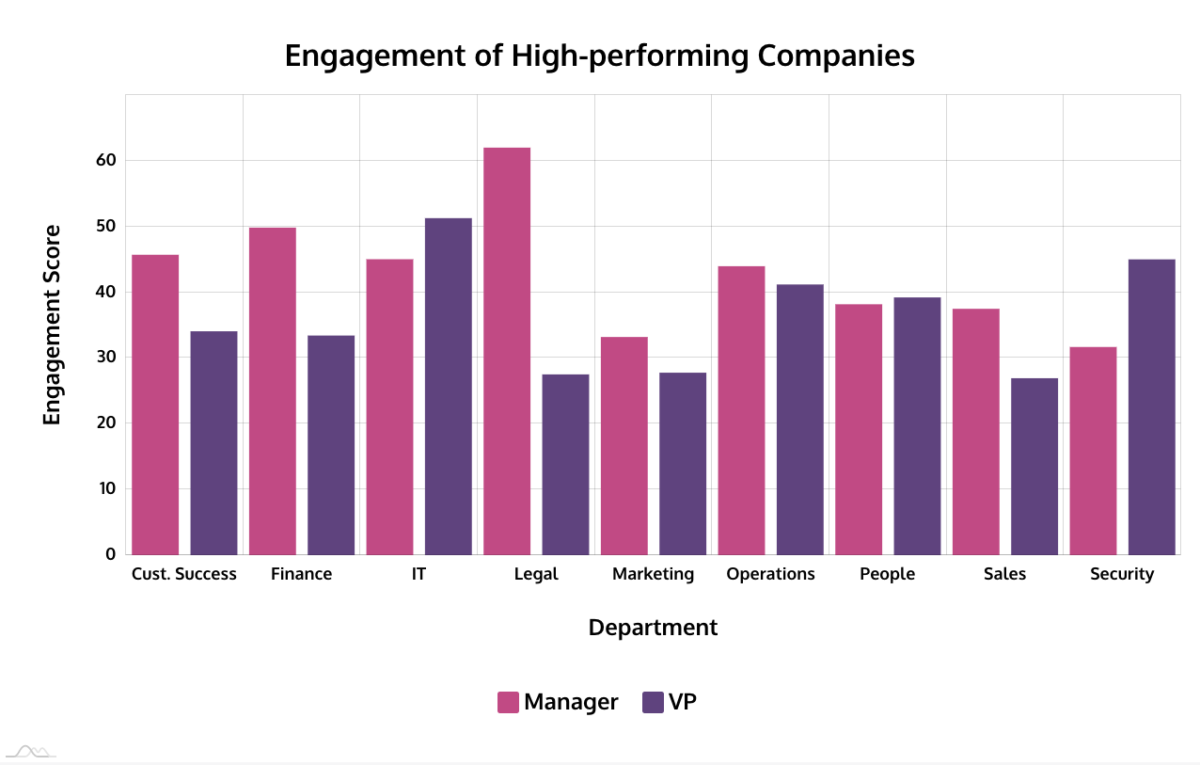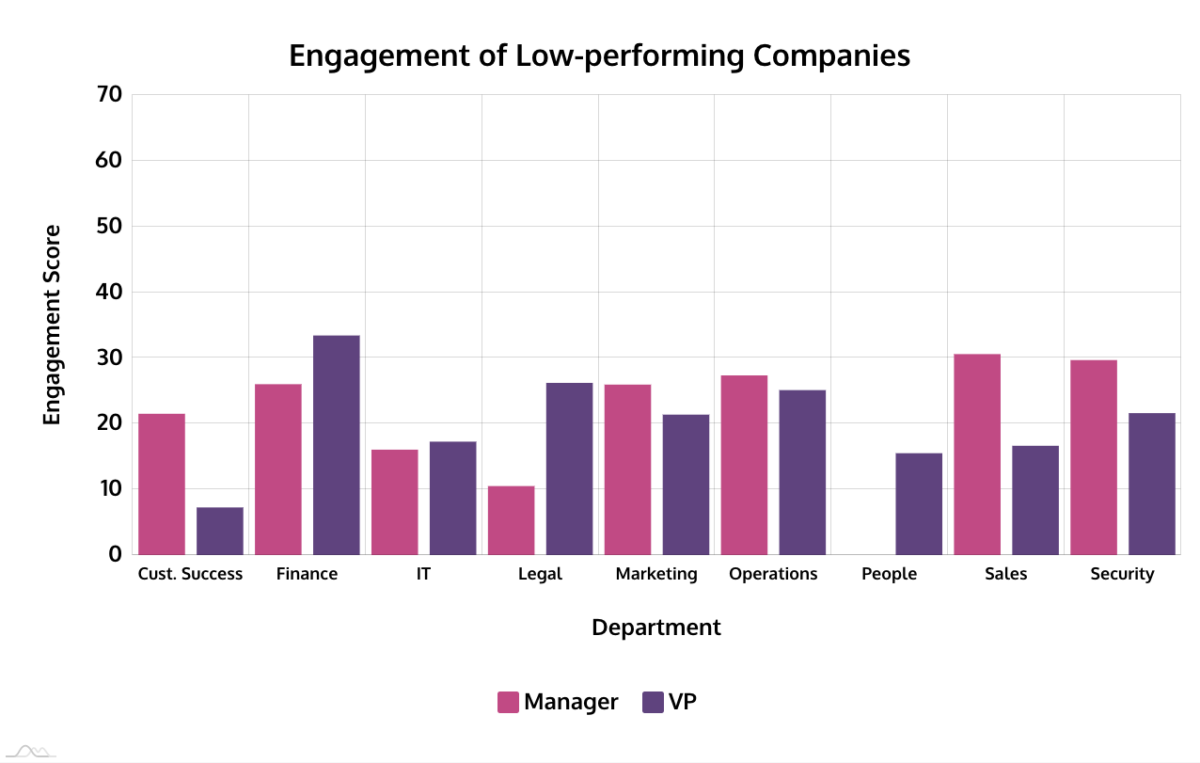Share this article
Learn from the brightest minds how to predictably and efficiently grow revenue.
Related Content
B2B Sales Benchmarks: 2023 H1 Update
The latest update from the 2023 B2B Sales Benchmarks analysis of over $37bn in pipeline.
How to improve AE quota attainment (according to data)
23% of reps are contributing 83% of revenue. Here's how to solve it (with data)
How to close more target accounts with deal qualification
Sales methodologies guide sellers on how to engage prospects at various sales stages. At the very first stage, qualification methodologies (such as Challenger, BANT, MEDDPICC®, etc.) have long been established to create structure and process when opportunities enter the pipeline. Ultimately, the goal is to create consistency at different stages, ensuring sellers follow best practices…

The secret to how high-growth companies close deals 20 times faster
What sets apart high-performing companies from low-performing ones?
It’s always challenging to spot the difference between good and bad.
So, we analyzed the 7 most powerful sales metrics* that define the success of a company and uncovered:
High-growth companies maintain good engagement with a few decision-makers.
Whereas, low-performing companies engage poorly with a lot of contacts.
To help you spot those red flags from a mile away, we analyzed 13,386 opportunities from 8 high-performing companies and 8 low-performing companies to understand the impact of relationships and engagement on the success of the deal.
We define high-performing companies as companies where bookings were increasing quarter over quarter (QoQ) over the last 3 quarters.
Low-performing companies being the opposite so companies with decreasing bookings QoQ, over the same time period.
*7 most powerful sales metrics – sales velocity, win rates, sales cycle length, opportunities, deal value, relationships, and engagement.
Let’s dive into the data
Data Point #1 – High-growth companies maintain fewer relationships compared to low-performing companies.

This is not what we would expect.
Our annual B2B Sales Benchmark Report found that the more relationships that were nurtured, the higher the win rate.
4 to 6 relationships led to a 19% increase in win rates compared to those with just 1 to 3.
So this begs the question; how do they do it?
High-performing companies build relationships with the RIGHT people.
Not only this, they ensure they are well engaged with these stakeholders.
Engagement tells us about the strength of these relationships.
Relationship strength allows you to gauge whether or not the key decision-makers are being correctly nurtured.
This increases your chances of success as you can better focus your time and effort on the correct stakeholders.
So, which personas were these high and low-performing companies targeting?
Engagement with different personas
We compared engagement with different personas from high and low-performing companies and here is what we found:
1) High-performing companies have stronger engagement across every single department at all persona levels.
The average engagement for high-performing companies was 41% compared to an average of 24% for low-performing companies.

2) High-performing companies are prioritizing engagement with key personas.
For example, if we compare the level of engagement between managers and VPs for security.
For high-performing companies, there is a 45% increase in engagement of VPs compared to managers.
Whereas, there is a 27% decrease in engagement for low-performing companies.

3) The level of engagement between managers and VPs is comparable for low-performing companies.
This is a massive red flag.
If we take a look at the IT department, there is only a 2% increase in engagement for VPs compared to managers.
This is seen across the board for every department in low-performing companies’ engagement.
Focusing on stakeholders who are not key decision makers plays a big factor in the poor performance of low-performing companies.

So, how did we measure engagement?
With the engagement score. It is a number between 0 and 100 that represents engagement.
This considers total activity count and days since last activity, but it also looks at the type of activity, its direction (inbound, outbound), duration, and timing to derive a single engagement percentage metric.
Red flags and key takeaways
#1 – High-performing companies take a more targeted approach when it comes to building relationships by increasing engagement with key decision-makers.
There is value in targeting key decision-makers and champions, and prioritizing engagement with them.
This enables sales team to advance more deals faster. How?
- They can create more opportunities
- Identify the prospects’ problems
- Establish how they can help solve the problem
- Then push the deal to a close
RED FLAG – If your sales team is targeting several people within an account and these people are not decision-makers or stakeholders, this is a red flag. Why?
They do not bring any value to the deal and therefore are prolonging your sales cycle.
#2 – Decision-makers define the success of the deal.
We found that low-performing companies tend to have a more scattered approach when it comes to who they are building relationships with.
At the end of the day, the final decision is made by a few key stakeholders and if your sales teams are not highly engaged with these stakeholders, this reduces the chance of closing deals successfully.
Even though low-performing companies have fewer opportunities, the lack of engagement with decision-makers is what is causing huge fluctuations in win rates and sales cycles.
RED FLAG – Low engagement with decision-makers.
This includes people like the economic buyer and champion who are really pushing your deal forward to a close.
Get that engagement UP!
#3 – Multi-threading deals
Multi-threading is the process of building relationships with several key stakeholders in an account.
It works both ways so that your prospect is also in contact with several people in your business.
This is the secret hack you need to ensure you are building the right relationships with the right people whilst maintaining high engagement.
RED FLAG – If a key stakeholder is in contact with only person from your organization.
If this person leaves your organization, you have just lost a wealth of information.
Not only this, but you also lose the relationship they have been building and the rapport that comes with it.
Do not underestimate the power of any given relationship within an account.
It could make or break your deal.
And this is what sets apart high-performing companies from low-performing companies.
Subscribe for the latest cutting-edge sales insights down below


